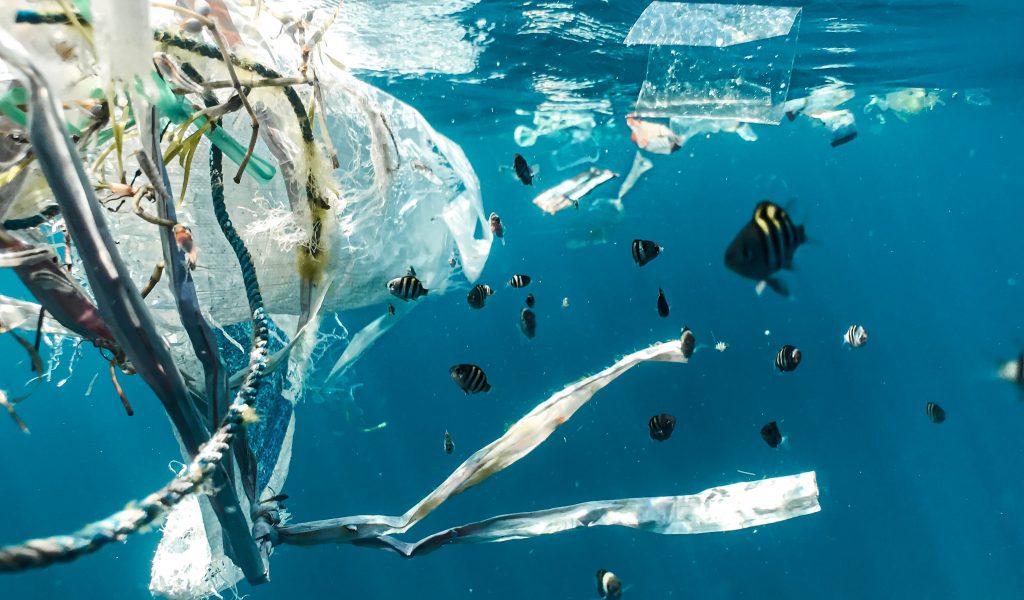Relative sustainability: a simple fix or a catch-22?

Amberly Wright discusses some of the pitfalls to relative sustainability, and how a simple fix can sometimes fall short.
Sustainability, a subjective concept, has become a phrase used frequently, and maybe flippantly, throughout the last few decades. With shocking statistics about global warming hitting our TV screens and social media apps every day, brands and companies rush to appear as if they are doing their best to be sustainable and environmentally friendly. But this has perhaps gone too far. The commercialisation of such a pressing issue places immense pressure on both you and I, and a moral argument is presented to us: how far would we be willing to go just to appear sustainable?
–how far would we be willing to go just to appear sustainable?
There are many simple ways one can be sustainable, from eating plant-based products, which are becoming increasingly inexpensive and available, to a more expensive option of installing solar panels. The simplest and most common way is recycling, whether that’s putting packaging from food products in the correct bins, reusing plastic bottles and bags, or donating clothes, these all stop products from going to landfill and producing those fatal greenhouse gases. Over £100 million of clothes ends up in landfill every year, but this can be reduced by buying second hand clothes and donating or selling your unwanted clothes, fixing any broken clothing instead of buying new ones, or finding a new love for items you already own. These can all reduce one’s carbon footprint by 20-30%.
These can all reduce one’s carbon footprint by 20-30%.
Materials such as plastic, particularly polyethylene terephthalate, create an immense amount of bi-products that aren’t too helpful to the environment. Over 5 litres of water is used to produce a single plastic bottle due to the oil used to drill and make plastic resin, not to mention the dyes used to colour the packaging to make it more eye-catching. By re-using a plastic bottle, or better, buying a reusable one, you can reduce your grey and blue water footprint (blue being the water used by raw material, and grey being the heated water used to produce the product), and help prevent the water which is used in production from polluting rivers and oceans.
Though sustainability may seem like a few simple switches, if one gets more invested into being sustainable, and is pressured by society to do more and more, it can become costly. Recycling centres seem like a good idea, until you realise that the lorries used to carry the recyclables emit fossil fuels, and most of the items taken to the centres will end up in landfill. So, it’s more efficient to recycle things at home where you can. Eating plant-based foods can also be costly, as brands will mark prices up, as they know that by producing a vegan product, the public will be more likely to buy it, something that I, as a student and a vegetarian, have previously fallen for. These are the types of brands that will try to save money elsewhere too, which can result in greenwashing.
Greenpeace defines greenwashing as “a PR tactic used to make a company or produce appear environmentally friendly, without meaningfully reducing its environmental impact”.
Greenpeace defines greenwashing as “a PR tactic used to make a company or produce appear environmentally friendly, without meaningfully reducing its environmental impact”. Companies and brands greenwash their products to the public, who are then more likely to buy them, especially if they haven’t done their research. They may start using paper straws, as many fast-food chains do, while the meat used in their products are from cattle ranches, which is the largest cause of deforestation. They may produce a vegan product, but the packaging is non-recyclable, or in the fast-fashion industry, use a small amount of recycled or natural materials in their clothes, while their workers are being paid under the living wage.
These are all examples of the commercialisation of sustainability, and tactics that we fall for. While wanting to be more sustainable, we could be worsening our environmental impact, so it’s worth doing your research to prevent your costs from going too far.


